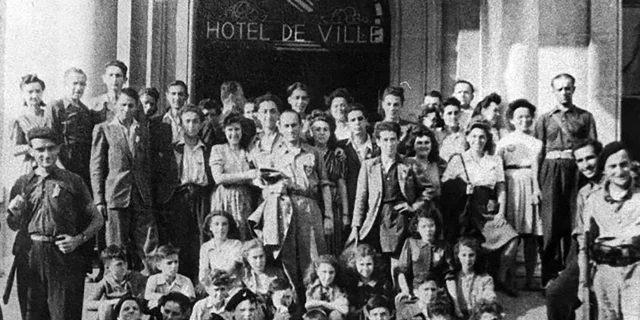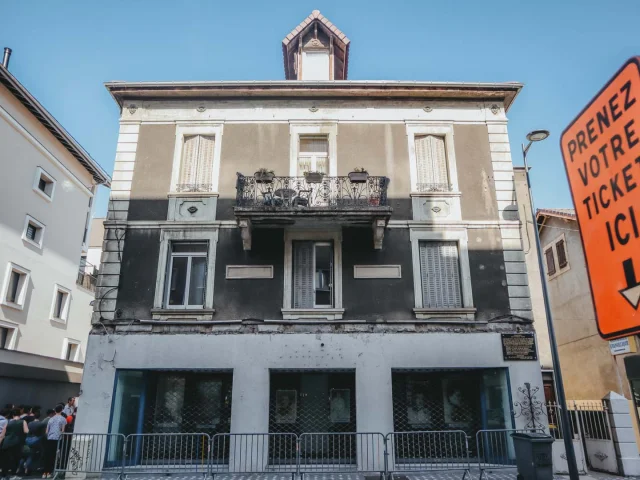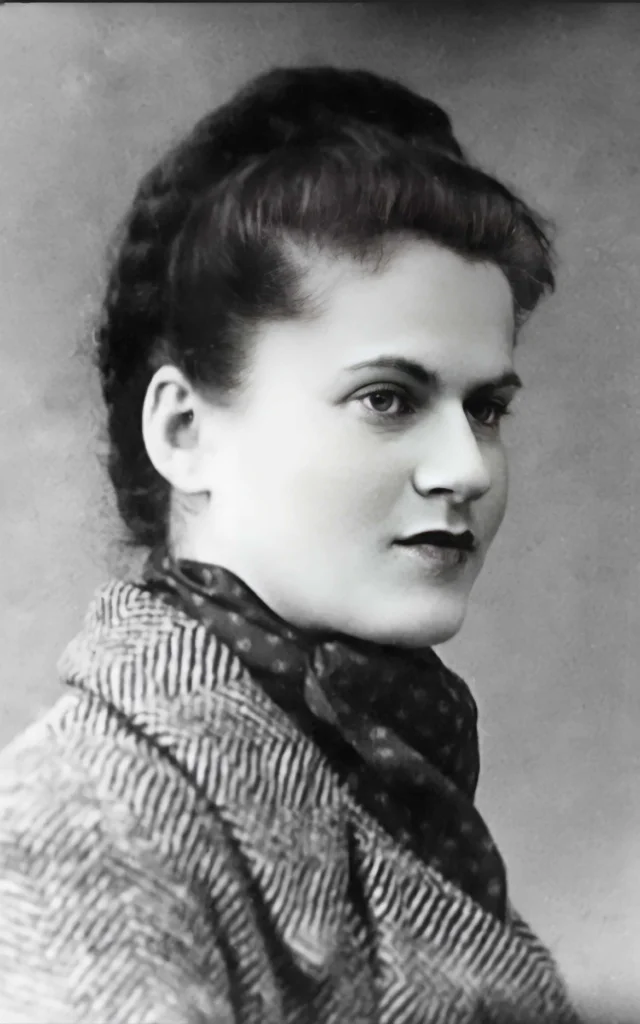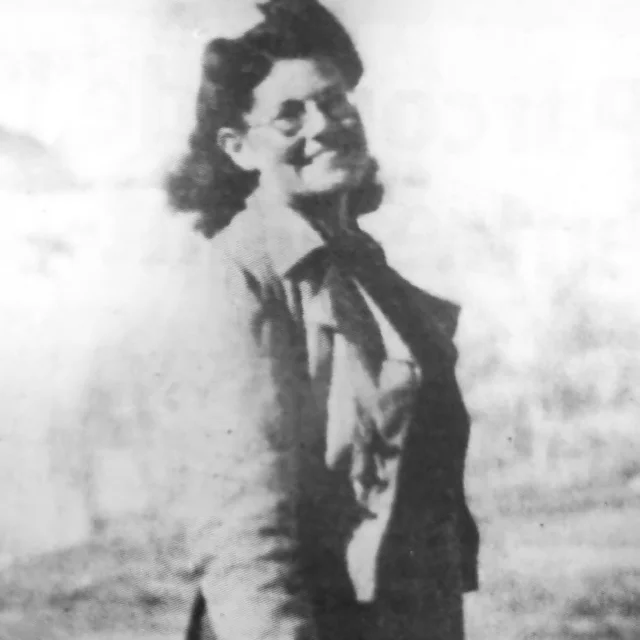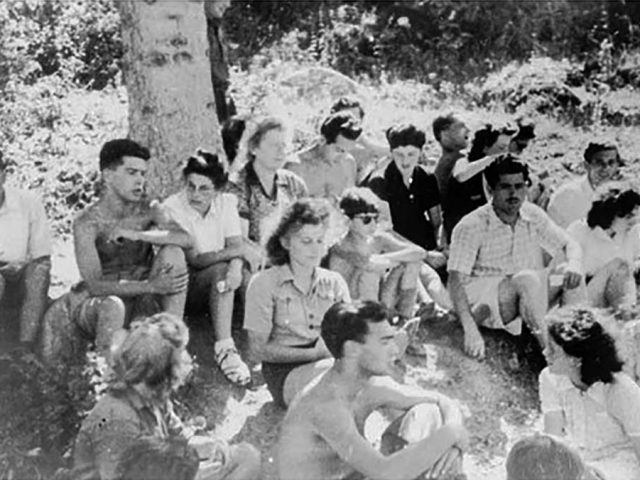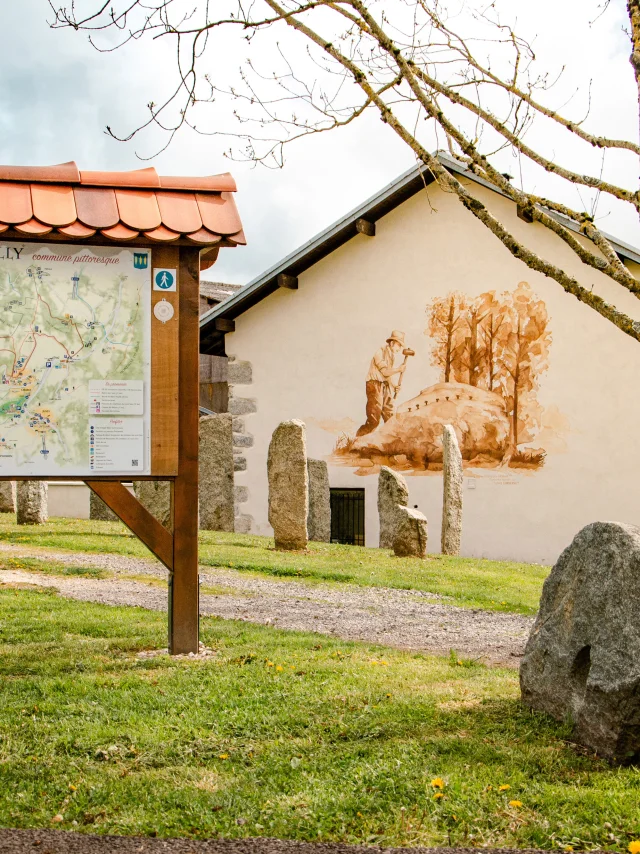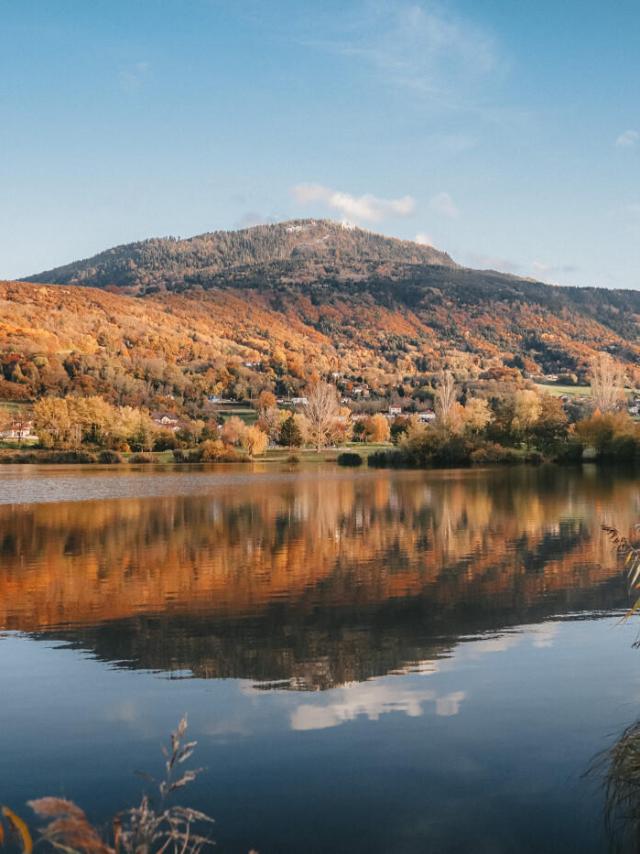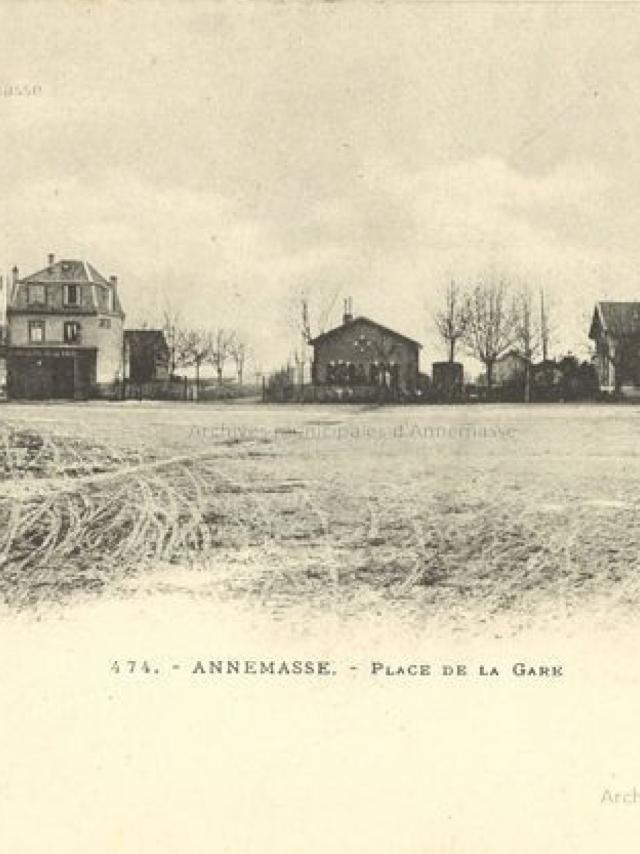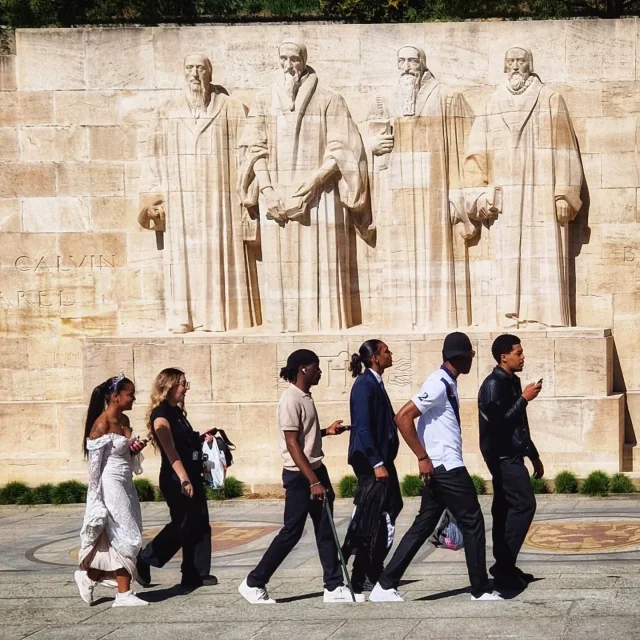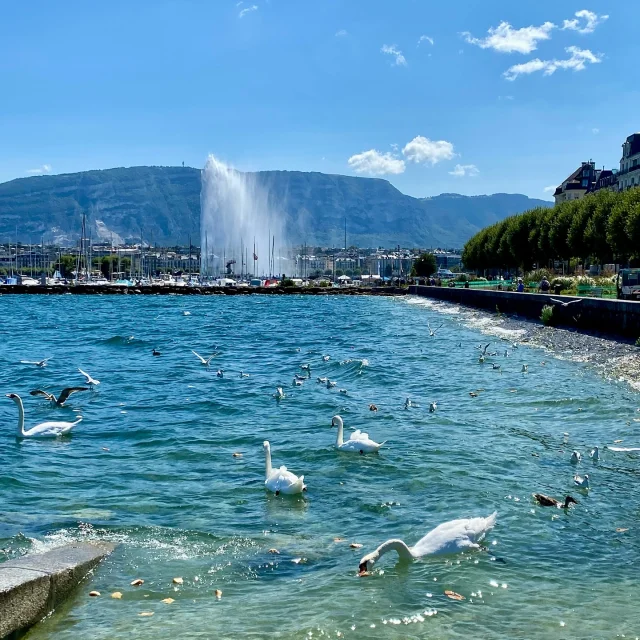The rise of rail transport in France played a key role in the growth of tourism. Haute-Savoie was no exception, and several train stations were built and operated by the Paris, Lyon and Mediterranean Railway Company (PLM). As of its arrival in the mid-19th century, the train became the preferred means of transport for women, thanks in particular to its affordability, speed and comfort. Women set off by train to stay for several weeks in their favourite resorts. Often members of the middle classes, they travelled with their husbands or a companion.
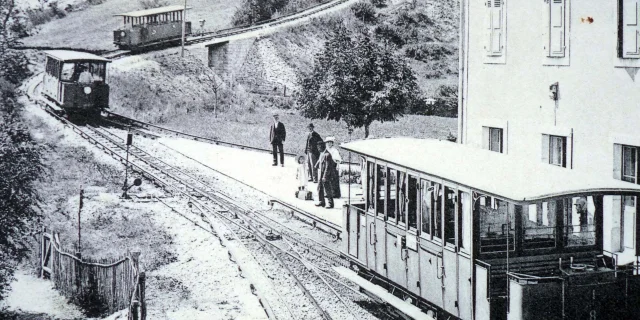 P1050005 Jullien Freres
P1050005 Jullien Freres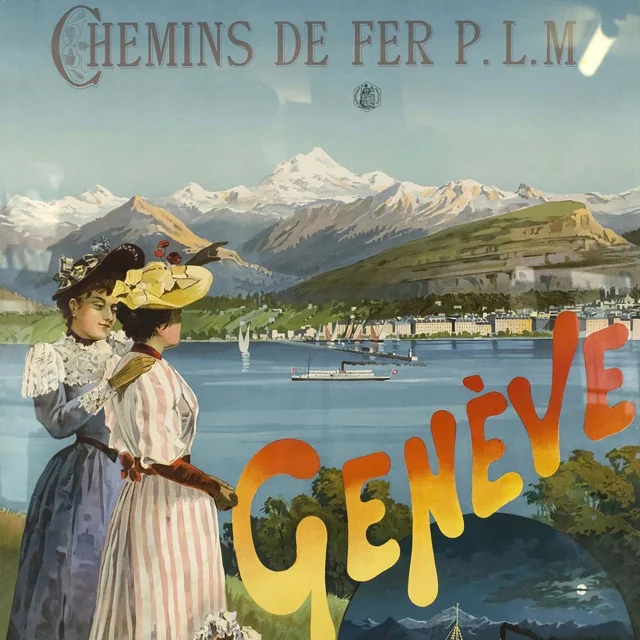 Geneve Chemins De Fer Plm Tourist Poster Lithograph 1894 Frederic Hugo Dalesi
Geneve Chemins De Fer Plm Tourist Poster Lithograph 1894 Frederic Hugo DalesiIt was not unusual, however, to see groups of women on an outing, exploring the country paths and holiday destinations. In Monts du Genevois, Annemasse was a popular stopover, as a central town at the intersection of several major rail routes. In addition to the tourist appeal of nearby Geneva, passengers passed through Annemasse station on their way to one of the many surrounding towns, such as Thonon-les-Bains, or the Giffre Valley.
But our mountains were also arousing the curiosity of tourists! The great Salève, flagship of Genevois, already had an irresistible pull. Accessible from the early days thanks to the Salève railway, this electric cog train transported passengers to an altitude of 1,142m, a genuine technical feat! Among those passengers notably was Elisabeth de Wittelsbach, more widely known as Sissi, Empress of Austria. Departing from Étrembières, she boarded the train to the heights of the Salève, in the direction of Treize-Arbres! Spellbound by the spectacular view along this slow climb, she fell in love with this enchanting journey along the mountain cliffs and the backdrop of the Genevois basin. On arrival, her taste for adventure and discovery led her to explore Treize-Arbres and spend the afternoon enjoying the peace and vivifying air of ‘Geneva’s Balcony’.
